Jesus, that's a millenial's word against experts twice her age in the
What Happened On the Moon? Part 1 # 2 videos. She is as convincing to me as a yellow potato.
The observations shared by the presenter remain valid, and if you have a problem with them, it would be wise to address them and not her age. Millennial madness is certainly an affliction, but I think it's important to judge individuals based on their words and actions rather than the group identity a person might fall into.
The old fellow in the video you linked to who she disagrees with, one
Bill Kaysing, is described as
"Head of technical publications at Rocketdyne 1956". That means he was an
editor. Not a rocket scientist. In his comments, he makes it clear that his knowledge is derived from things he picked up while editing the findings of scientists working in his company, and this would have certainly put him into a position where he could acquire a unique perspective. It is also clear, however, that he made mistakes as his claims
don't match the reality of observable launches using the very chemistry he's criticizing. In fact, other rockets using that same chemistry have observably clear flames with no smoke. This is the Titan II carrying one of the Gemini capsules, also using the same fuel as the LEM. Where are the clouds of dirty flame and smoke Mr. Kaysing told us we should see? :
I am not a chemist either, but even I know that if the chemical mixes are off, you can get unclean, smokey burns, which would explain some of the bench top experiments done with this particular chemistry which have been dirtier than other examples. Further, having no oxygen or other elements of an atmosphere on the Moon would play into the way a flame appears or doesn't. I think in this case, our millennial podcaster is both more reasonable and measurably correct on the subject, probably as a result of having the benefit of 30+ extra years and the internet with which to arrive at more realistic conclusions.
The fact that the documentary attempted to base further argumentation on this primary false idea of a big, messy burn constitutes several minutes of wasted film time and aggravation to the viewer (me). And I confess, after having suffered through an hour and 10 minutes of this torture, I had to stop watching because I was getting ready to rip my hair out. (The only person in that whole video who seemed to know what she was talking about was the lady who was expert in Soviet era space program history.)
Right there is the staged photo with the studio lighting, made in a Hollywood studio with a professional, probably a Senior Lighting Technical Director
versus
Here is a real-world photo, properly unprocessed = zero post process, without any regard to studio lighting: just someone snapping a photo with a mere camera.. exactly as how it would look like if the Moon astronauts just snapped a photo with a mere camera
This is an odd comparison for you to make. The NASA photo you offer, as you indicate, WAS a studio-lit shot. It is not representative of the moon landing pictures in any way other than the equipment. The lighting in it looks completely different when compared to any of the actual pictures brought back from the Moon. Why did you offer it and not one of the pictures from the Moon?
Anyway.., I watched that video,
"What happened on the Moon". It was a long process because I kept stopping to fact check along the way, but I did (most of) my due diligence. (-Which I strongly recommend you do as well with that
Everyday Astronaut video about the evolution of rocket engines which I linked to previously. It will give you some great insight which can inform your further investigations, and I promise, you won't want to pull your hair out.)
They spent time trying to demonstrate that the Soviet space program was indulging in faking some of their successes. Cool history, but..., so what? The Soviets were working under a socialist system headed by a psychopath. How was that relevant to the American Moon missions? If anything, where a Leftist is a liar almost by default, the Right tends to adhere more strictly to facts.
The documentary indicates that the LEM design was based on a short, 110 page proposal, and suggested that this was due not to time constraints or inside baseball, but rather that it was never intended to actually land on the moon at all! And then they blithely went on to describe how a test module nearly killed Neil Armstrong, showing footage of him ejecting from the module as it tumbled from the sky. Again.., what..? How does building a flying machine and putting their lead astronaut in it and nearly killing him during a test flight indicate that they never intended for it to work? That's nuts. You only risk your life if you're genuinely trying to build something that performs properly. Similarly peculiar logic was amply evident throughout the whole film.
They made great hay over the fact that NASA's program bore a striking resemblance to the space program depicted by Fritz Lang's Nazi propaganda film about traveling to the Moon. While interesting, the Duhn Duhn DUHHHHN musical accoutraments in the doc just seemed jarring and childish. Nobody disputes that NASA was populated by German rocket scientists. What was their point exactly? Lang consulted with the reigning rocket scientsts of his day as to what he should depict in his film, and they told him how they would solve the various technical problems. Then they got jobs with NASA and brought their thinking with them. How does that add up to "Hoax!"? It doesn't. Why did they even include that in the film? I don't get it.
More: The primary complaints presented early on seemed to surround speculation about invisible forces.
"It would have been too radioactive!" "It would have been too Hot!" "It would have been too Cold!"
Well, on the Hot/Cold front, the NASA engineers completely agreed with this sentiment. But rather than throw their hands up and say, "It can't be done" they instead put in the work, the enormous time and resources to solve those problems the way good engineers do. For instance, white material is very good at reflecting heat radiation. So they made the space suits white. All of the problems were real, and they had real solutions. Anybody can look them up and if they dig enough, see how they were solved.
The radiation question is more interesting, and was more of a gamble with greater levels of uncertainty involved, but NASA made the best educated decisions available and they paid off. Here's a video explaining the intricacies:
The thing to keep in mind with all of this is that NASA was a fresh and new organization at the time, specially developed to solve a difficult problem. When an organization is young, it can be genuine in its intent. Bureaucracies will grow fetid and corrupt with time and subsequent generations; I wouldn't trust NASA today, but the project that Kennedy kicked into gear was another thing entirely.
~~~~~~~~~~~~
The dust (very fine particles) are not only found on the surface of this mélange layer but through out it. The lunar surface is a dynamic surface as it is also on other planets. Things accumulate, appear, and disappear as a result of dynamic forces, earthquakes, volcanoes, impact events etc.
We are told that this is the typical cross section of the lunar surface,
So we have about 10 meters of this stuff. Engine cut off is at around 1-2 feet from when the surface is contacted. At that height (> 2 feet) the rocket engine would be blowing not just dust but grains of various diameters so I find it hard to believe that no rock particle of whatever size (that was under such an engine) would not bounce inside that landing foot. Whatever it blew away more was available as the following paper suggests.
Reading this paper I get the impression that they were standing on a surface of dust (see table 7.3 and 7.17),
Ashes to Ashes, Dust to Dust
So the hypothesis that dust was cleared as they approached is a weak explanation as supported by the above (supposedly lunar) hard data provided in the paper.
I'm not sure you understood what I wrote.
Whether the moon surface was made of packed dust, or solid rock isn't relevant to the point and I never meant to indicate that it was. The part of my comment you highlighted in red doesn't have to do with the constituency of the Moon's material. I'll try again to express my thinking regarding the lander: When touching down, why would there have been any material at all to fall on the the lander's feet? The astronauts said it felt like a helicopter settling into the ground when he cut the engines. Your issue seems contingent on the feet of the lander having to be in the direct path of particulate matter being pushed by the rocket exhaust. If that exhaust was cut just as it landed, then it is reasonably conceivable that there would have been no dust flowing around the feet at all, but rather, beneath them.
[Armstrong: "I was surprised by a number of things, and I'm not sure (I can) recall them all now. I was surprised by the apparent closeness of the horizon. I was surprised by the trajectory of dust that you kicked up with your boot, and I was surprised that even though logic would have told me that there shouldn't be any, there was no dust when you kicked. You never had a cloud of dust there. That's a product of having an atmosphere, and when you don't have an atmosphere, you don't have any clouds of dust."]
["I was absolutely dumbfounded when I shut the rocket engine off and the particles that were going out radially from the bottom of the engine fell all the way out over the horizon, and when I shut the engine off, they just raced out over the horizon and instantaneously disappeared, you know, just like it had been shut off for a week. That was remarkable. I'd never seen that. I'd never seen anything like that. And logic says, yes, that's the way it ought to be there, but I hadn't thought about it and I was surprised."]
Beat, rock, tech, thought - Moon Traveller Herald has it all. Jack Vaughan, Boston writer, is the WebMaster.

moontravellerherald.blogspot.com
I don't think there's enough to go on here to say that it should be obvious that moon dust should be on top of the lander's feet.
Clearly you do, but I think it's a subjective opinion at best.
Indeed, it appears that you and others here are deeply committed at a belief level to this idea of Moon Hoax, so I think it is probably best for me to stop spending energy when it might be a matter of free will violation at this point.
However, before I leave this, I will hazard to point out: It is dangerous to indulge in lies; on this forum it is understood that a large part of what we must do is to try to clean our machines and wake up, to discern truth from lies, and it seems this moon hoax issue presents a big sticking point.
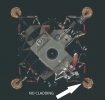
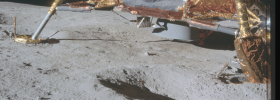


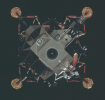

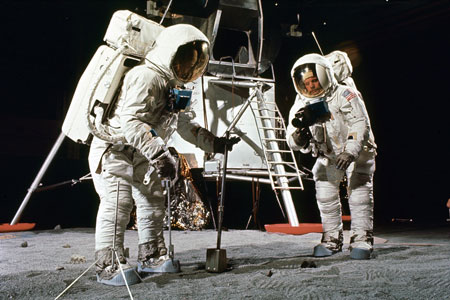
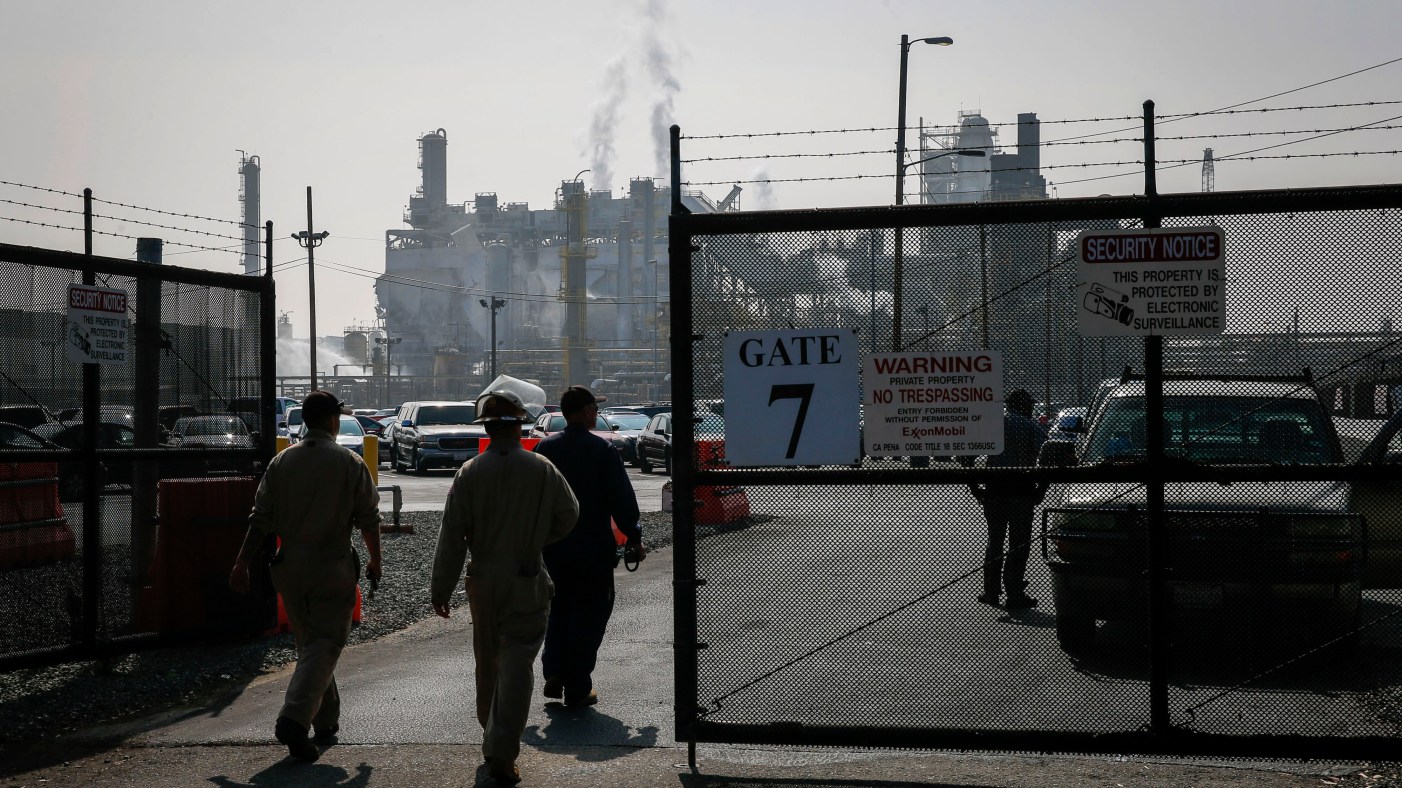


 And I see those astronaut faces and I read them with my sensitivity and I get flashes of these thoughts that they were thinking right there at the interview table on camera:
And I see those astronaut faces and I read them with my sensitivity and I get flashes of these thoughts that they were thinking right there at the interview table on camera: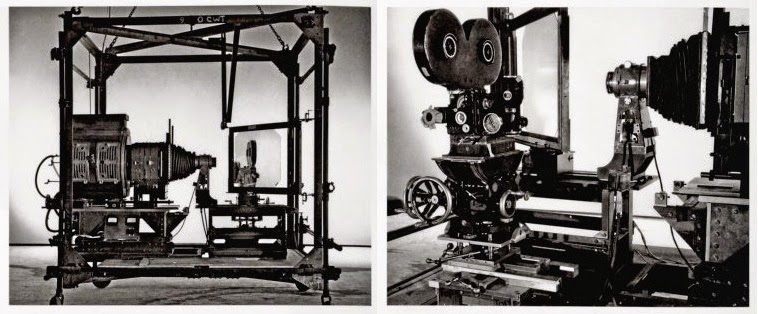


 . Apparently they did have a
. Apparently they did have a